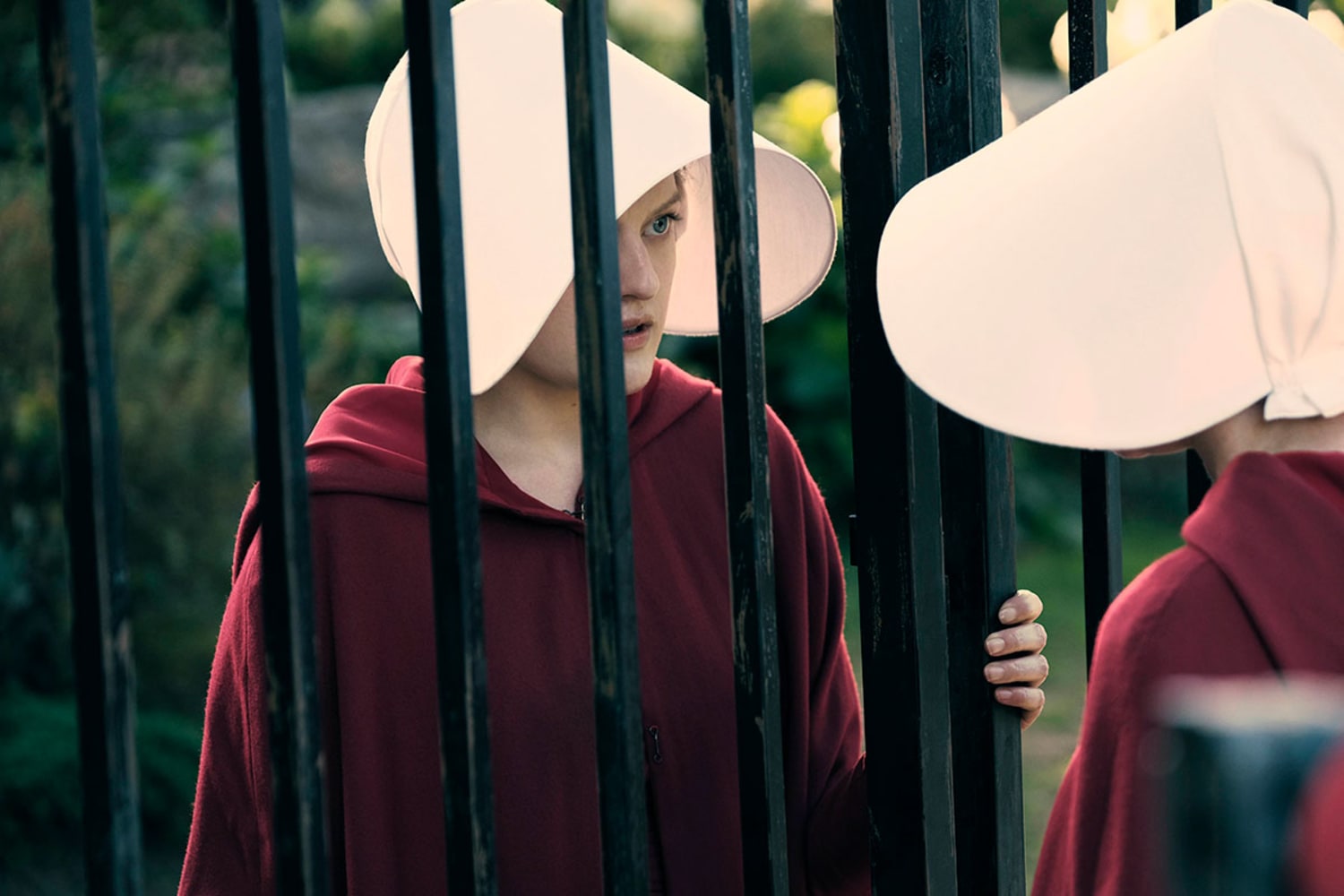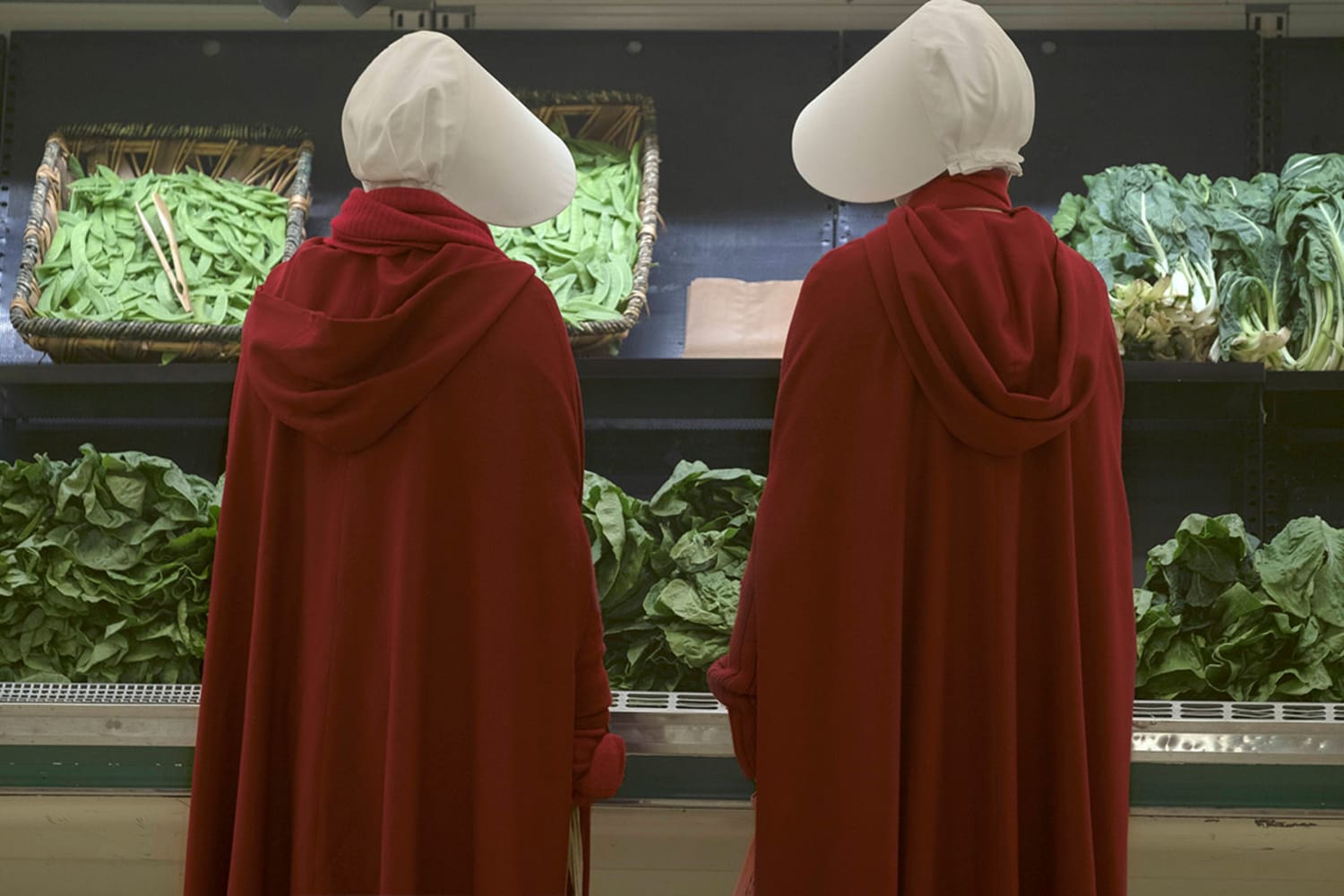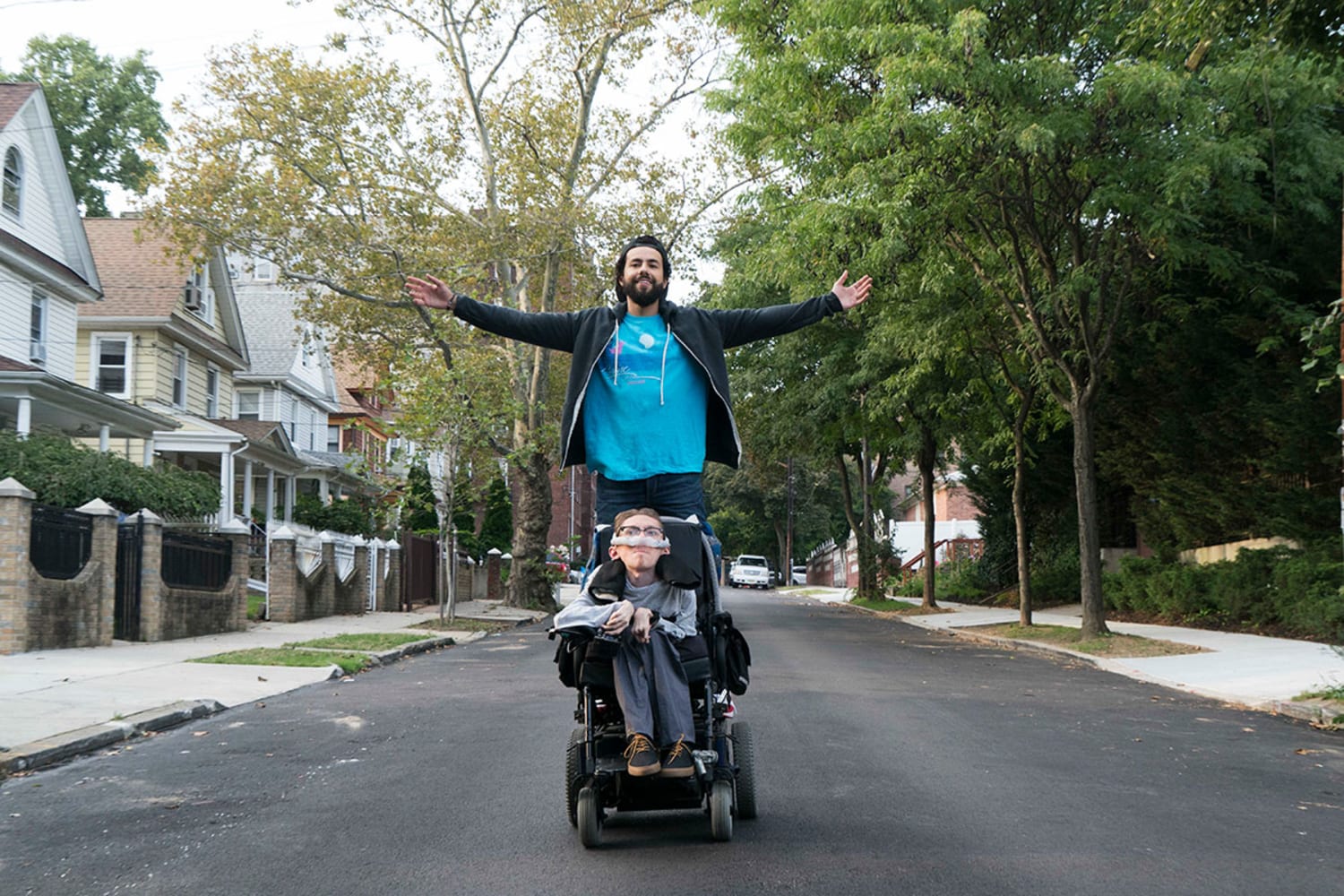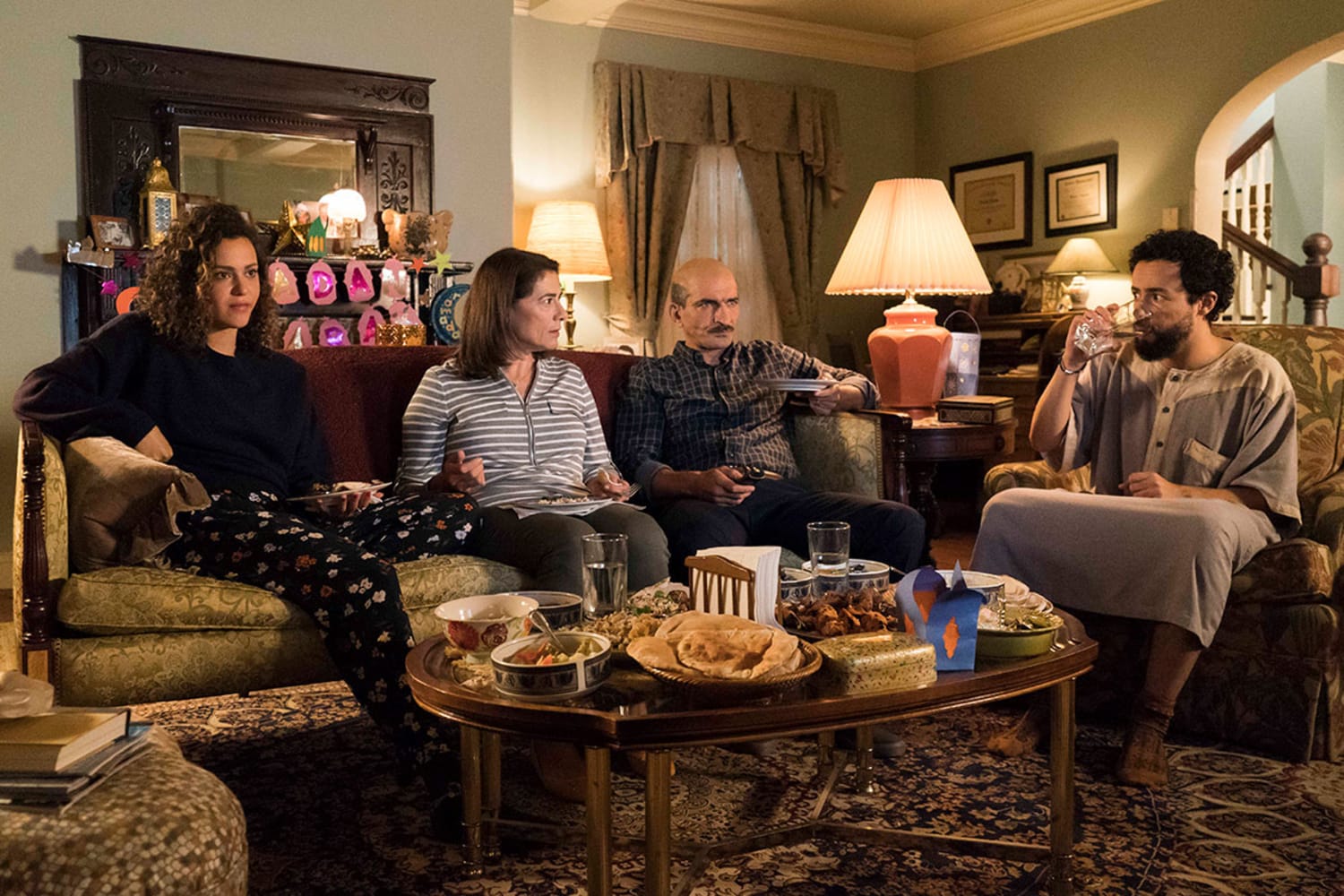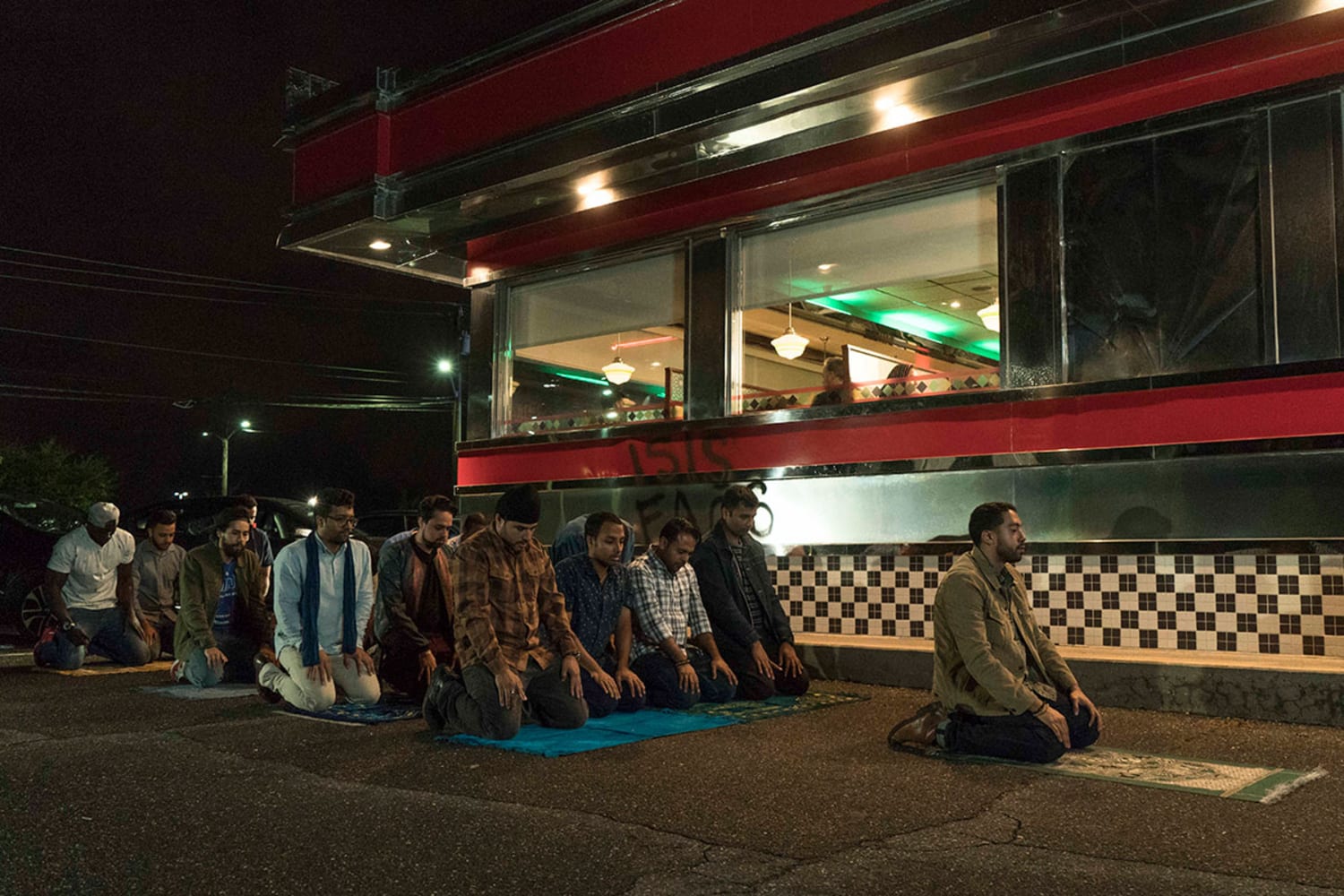What influences Hulu’s original content?
We want shows that rise above the fray and that can be through the creators we work with or the cast. A great example is our next big show coming out on March 18, 2020, Little Fires Everywhere which is based on a popular novel. It’ll feature Reese Witherspoon and Kerry Washington, and when you have a cast like that it’s hard to ignore.
We also want shows that feature voices that aren’t seen in many places, that can break into the cultural (I hate this word) zeitgeist. Some great examples include Aidy Bryant in Shrill, which is in its second season, and Ramy, which just won a Golden Globe. That’s been our overarching theme. We don’t have nearly as many originals as Netflix (they release about 80 a month); we’re trying to toe that line to make sure we have enough to feed the beast (the consumer) and stuff that is really different and breaks out and sets us apart.
Another thing we’re branching out into more is documentaries. We just announced our Hilary Clinton documentary. We announced Hulu Kitchen with a couple of shows featuring David Chang and Chrissy Teigan. We recently signed with Greta Thunberg and are working on a documentary with her which we announced at the end of last year. We’re getting more in the unscripted game because we know that’s very popular content and we want to make sure we have something for everyone.
As more streaming (OTT) services take off, will this be the death of traditional television?
Well, about 80% of the country (USA) has some form of linear TV. Live television is still very important. There is still something about that collective experience where people want to watch TV together and be part of a cultural conversation. I think it’ll be a very long time before people aren’t watching live TV.






